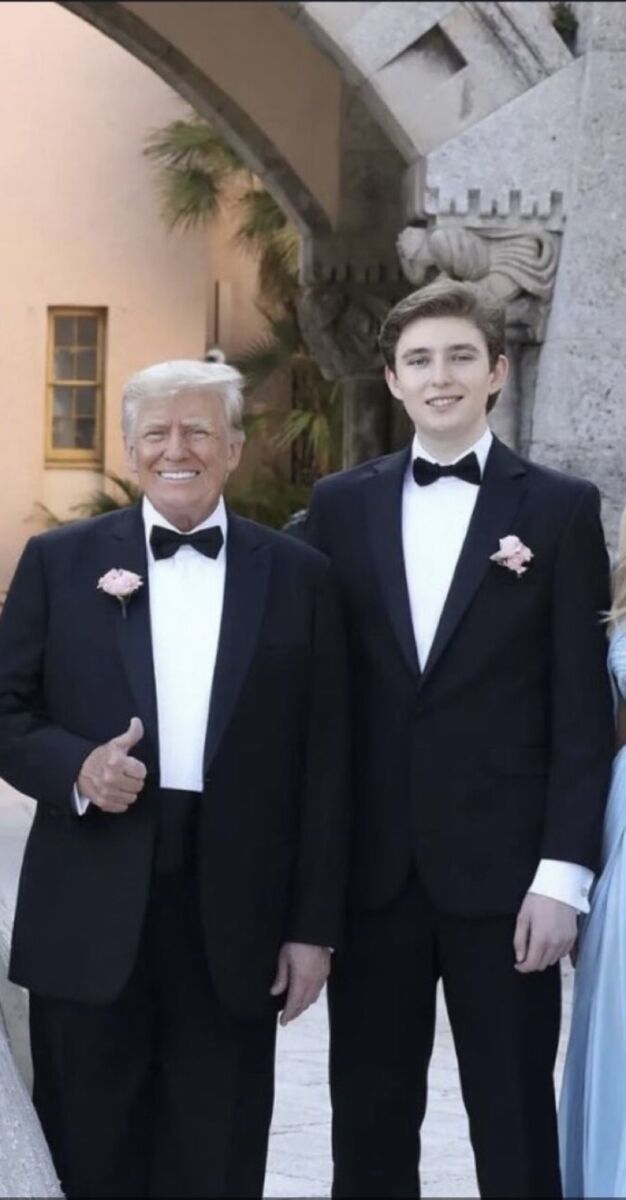Is the legacy of Leonardo da Vinci truly as profound as history suggests? The question has intrigued scholars and art enthusiasts alike for centuries. A bold assertion that resonates with many is that Leonardo's genius transcended the boundaries of his time, leaving an indelible mark on art, science, and human thought. His unparalleled ability to blend creativity with scientific inquiry set him apart from his contemporaries, cementing his status as one of history's most remarkable polymaths.
Leonardo da Vinci was born in 1452 in Vinci, a small town nestled within the rolling hills of Tuscany. From an early age, he exhibited an insatiable curiosity about the world around him. This curiosity would later manifest in his diverse pursuits, ranging from painting and sculpture to engineering and anatomy. While his artistic masterpieces such as the Mona Lisa and The Last Supper have become iconic symbols of Renaissance art, it is his notebooks—meticulously detailed sketches and observations—that offer a glimpse into the workings of his extraordinary mind. These documents reveal not only his technical prowess but also his deep philosophical reflections on life, nature, and humanity.
| Full Name | Leonardo di ser Piero da Vinci |
|---|---|
| Date of Birth | April 15, 1452 |
| Place of Birth | Vinci, Republic of Florence (now Italy) |
| Date of Death | May 2, 1519 |
| Place of Death | Amboise, Kingdom of France |
| Profession | Artist, Engineer, Scientist, Inventor |
| Notable Works | Mona Lisa, The Last Supper, Vitruvian Man |
| Education | Self-taught; apprenticed under Andrea del Verrocchio |
| Website Reference | leonardodavinci.net |
Da Vinci’s contributions extend far beyond the realm of visual arts. As an inventor, he conceptualized flying machines, military devices, and hydraulic systems long before their practical implementation became feasible. His anatomical studies, conducted through dissections of human cadavers, were groundbreaking for their accuracy and detail. Despite the limitations imposed by the era’s lack of advanced technology, Leonardo managed to produce drawings that remain relevant even today. For instance, his depiction of the cardiovascular system predates modern medical imaging techniques by several centuries.
One cannot discuss Leonardo without acknowledging the enigmatic quality of his work. The Mona Lisa, often referred to as La Gioconda, continues to captivate audiences worldwide. Her subtle smile and the sfumato technique employed by Leonardo create an illusion of depth and emotion that defies easy interpretation. Similarly, The Last Supper, painted on the wall of the Convent of Santa Maria delle Grazie in Milan, showcases his mastery of perspective and composition. Unfortunately, the fresco deteriorated rapidly due to environmental factors, prompting numerous restoration efforts over the years.
Beyond his artistic achievements, Leonardo’s influence can be seen in various fields of study. His fascination with water led him to design elaborate canal systems and irrigation methods, which could potentially alleviate agricultural challenges faced by communities. Additionally, his exploration of aerodynamics laid the groundwork for future aviation pioneers like Otto Lilienthal and the Wright brothers. It is worth noting that many of his inventions remained theoretical during his lifetime, yet they inspired generations of innovators who sought to bring them to fruition.
The cultural impact of Leonardo da Vinci extends beyond his individual accomplishments. He epitomizes the Renaissance ideal of the universal man—a person capable of excelling in multiple disciplines while maintaining a holistic understanding of the universe. His interdisciplinary approach serves as a reminder of the interconnectedness of knowledge and the importance of cross-pollination between seemingly disparate fields. In this regard, Leonardo remains a timeless inspiration for those striving to bridge gaps between art and science.
In examining Leonardo’s personal life, one encounters a figure shrouded in mystery. Little is known about his relationships or private affairs, though some historians speculate that he may have been homosexual based on circumstantial evidence. Regardless of these speculations, what is certain is his commitment to his craft and relentless pursuit of truth. Even in old age, when he resided at Clos Lucé near Amboise under the patronage of King Francis I of France, Leonardo continued to sketch and theorize until his death in 1519.
Today, museums across the globe house remnants of Leonardo’s genius, attracting millions of visitors annually. The Louvre in Paris proudly displays the Mona Lisa, while institutions like the Uffizi Gallery in Florence preserve lesser-known works such as Annunciation. Meanwhile, digital archives make his notebooks accessible to scholars and enthusiasts alike, ensuring that his ideas endure in perpetuity. Through these resources, we gain insight into the mind of a true visionary whose legacy continues to shape our understanding of both past and present.
Despite the passage of five centuries since his death, Leonardo da Vinci’s relevance persists. His ability to anticipate trends in technology and aesthetics underscores the universality of his vision. Moreover, his emphasis on observation and experimentation aligns closely with contemporary methodologies in research and innovation. By studying Leonardo, we not only honor his memory but also equip ourselves with tools necessary to tackle complex problems facing society today.
Ultimately, Leonardo da Vinci represents more than just a historical figure; he embodies the potential inherent in every individual to transcend conventional boundaries and redefine possibilities. His life and works serve as a testament to the power of imagination coupled with disciplined inquiry. Whether through painting, invention, or scientific investigation, Leonardo demonstrated that creativity knows no limits—an enduring lesson for all who seek to follow in his footsteps.
As modern civilization grapples with rapid advancements in artificial intelligence, biotechnology, and renewable energy, there is much to learn from Leonardo’s example. His holistic worldview encourages us to approach challenges with open minds and adaptability. Furthermore, his dedication to lifelong learning reminds us that growth never ceases, regardless of age or circumstance. Thus, as we celebrate the brilliance of Leonardo da Vinci, let us also commit ourselves to nurturing similar qualities within our own lives.

